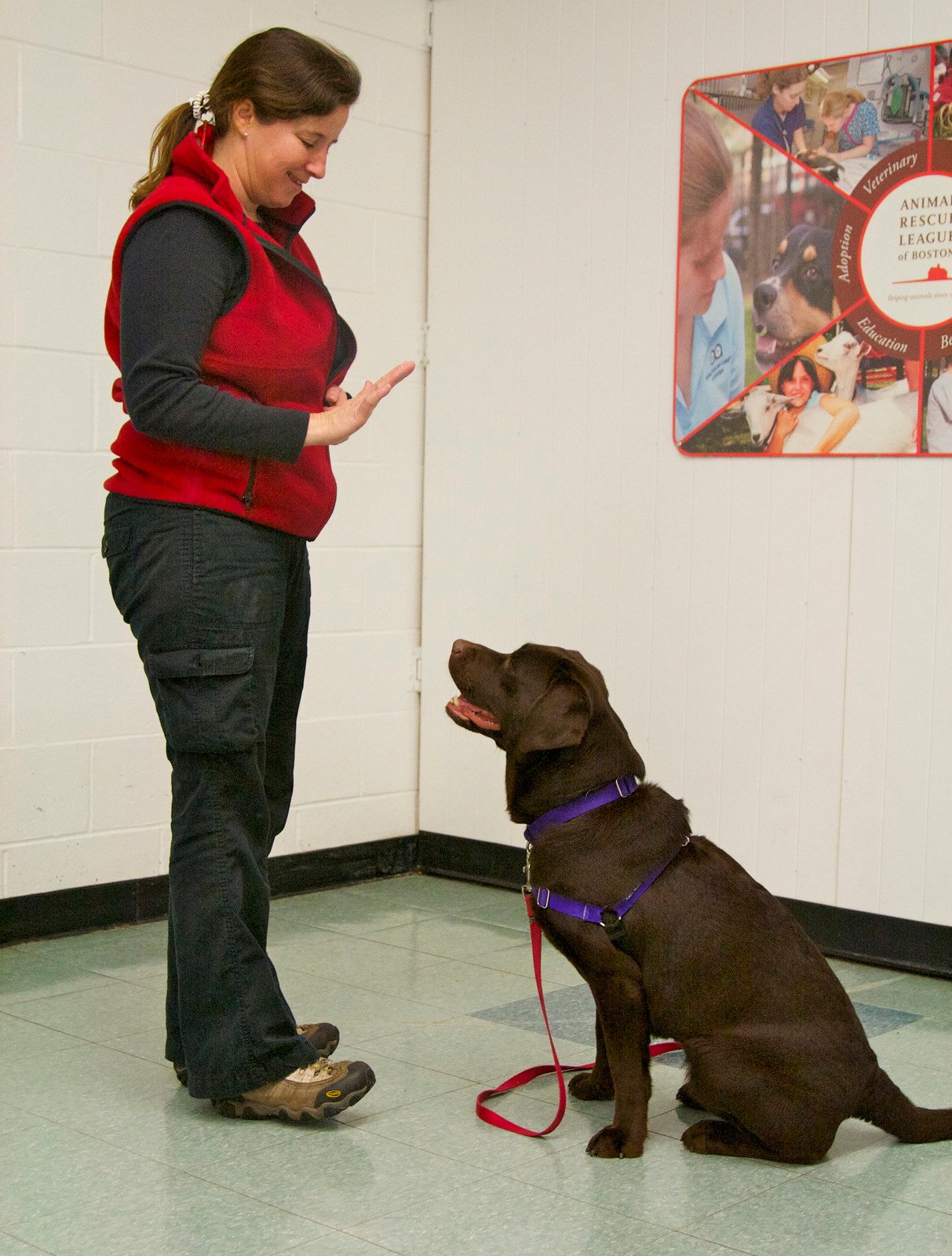
Image Source www.thelabradorsite.com
Loving Pet or Persistent Pest?
Having a dog that constantly craves your attention can be both endearing and overwhelming. While dogs are known for their loyalty and affectionate nature, it can become a concerning behavior when they won’t leave you alone. If you find yourself asking, “Why won’t my dog leave me alone?” you’re not alone. In this article, we delve into the various reasons why dogs exhibit clingy behavior and provide effective solutions to address it.

Image Source www.petcloud.com.au
Unveiling the Reasons Behind the Behavior
Dogs may display excessive attention-seeking behavior due to a variety of factors. It’s crucial to understand the underlying causes to effectively tackle the issue. One common reason is separation anxiety, which stems from a fear of being left alone. This can lead to clinginess, as your furry friend seeks constant reassurance and attention in your presence.
Another possible explanation is boredom or lack of mental stimulation. Dogs are intelligent creatures that require regular exercise and mental engagement. When they don’t receive adequate physical activity or mental enrichment, they may resort to seeking attention from their owners excessively.
Furthermore, clingy behavior can also be a result of learned behavior. If your dog has received attention for being clingy in the past, they may continue to exhibit this behavior in hopes of receiving the same response from you. It’s important to break this cycle by addressing the root causes and implementing appropriate training techniques.

Image Source www.rover.com
Effective Strategies to Encourage Independence
While it’s understandable to enjoy the affection and company of your furry companion, it’s equally crucial to establish boundaries and encourage independent behavior. Here are some effective strategies to help your dog become less clingy:
1. Consistent Routine and Enrichment Activities
Creating a consistent daily routine for your dog can instill a sense of stability and security. Regular exercise, playtime, and mental stimulation through interactive toys or puzzles can help keep your dog engaged and prevent excessive clinginess.
2. Gradual Desensitization to Alone Time
If your dog suffers from separation anxiety, gradually desensitizing them to being alone can make a significant difference. Start with short periods of separation and gradually increase the duration. Offer treats or toys that are only available during these alone times, creating positive associations with being alone.
3. Reward-Based Training
Positive reinforcement is a powerful tool when it comes to modifying your dog’s behavior. Reward and praise your dog when they exhibit independent behavior or calmly settle in their designated space. By focusing on and rewarding desirable actions, you reinforce those behaviors.
4. Providing a Safe Space
Create a designated safe space for your dog where they can retreat to when they need their own time. This can be a cozy corner in the house or a comfortable crate. Ensure this space is associated with positive experiences and never use it as a form of punishment.
5. Seek Professional Help if Necessary
If your dog’s clingy behavior persists or escalates despite your efforts, it may be beneficial to consult a professional dog trainer or behaviorist. They can provide tailored guidance based on your dog’s specific needs and help you address any underlying issues contributing to the behavior.
Remember, addressing your dog’s clinginess requires patience, consistency, and understanding. By implementing these strategies, you can foster a healthy balance between affection and independence, ensuring a harmonious relationship with your beloved four-legged friend.